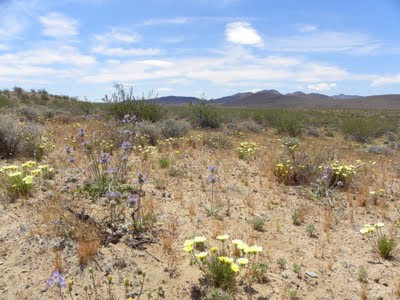Governor Brown Misses the Point on Ivanpah

California Governor Jerry Brown's office filed a legal brief supporting the destructive Ivanpah Solar Energy Generating System in the northeastern Mojave Desert. The legal brief was filed in response to a lawsuit from Western Watersheds Project seeking to halt construction of the Ivanpah project on the grounds that the Federal government conducted a faulty and hasty environmental review. Since construction began, it has become clear that the earlier environmental review conducted by California and the Feds vastly underestimated the number of endangered desert tortoises on the project site. Although the Governor is also seeking to increase distributed generation (e.g. rooftop solar), his support for one of the most environmentally destructive solar projects suggests his office does not understand the poor precedent set by the Ivanpah project in destroying pristine desert instead of siting such projects on already- disturbed lands . A ccording to the Governor's legal bri





